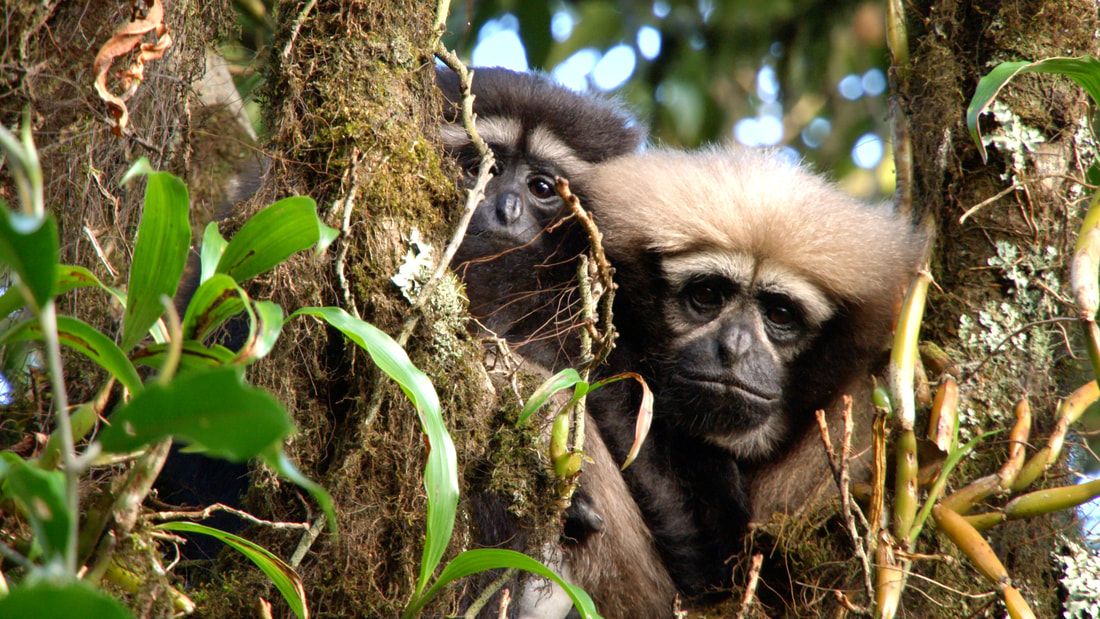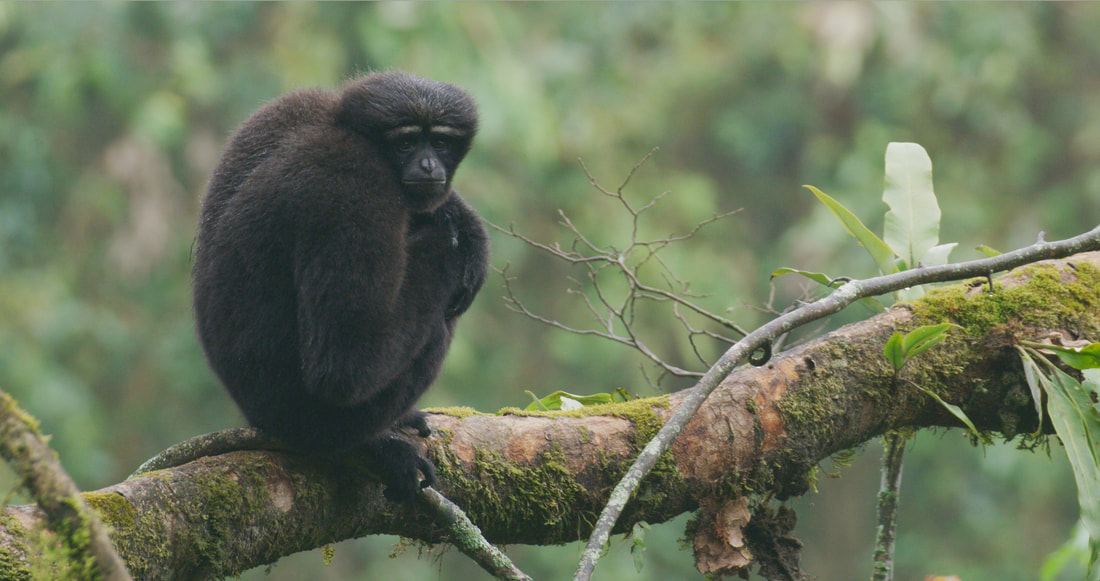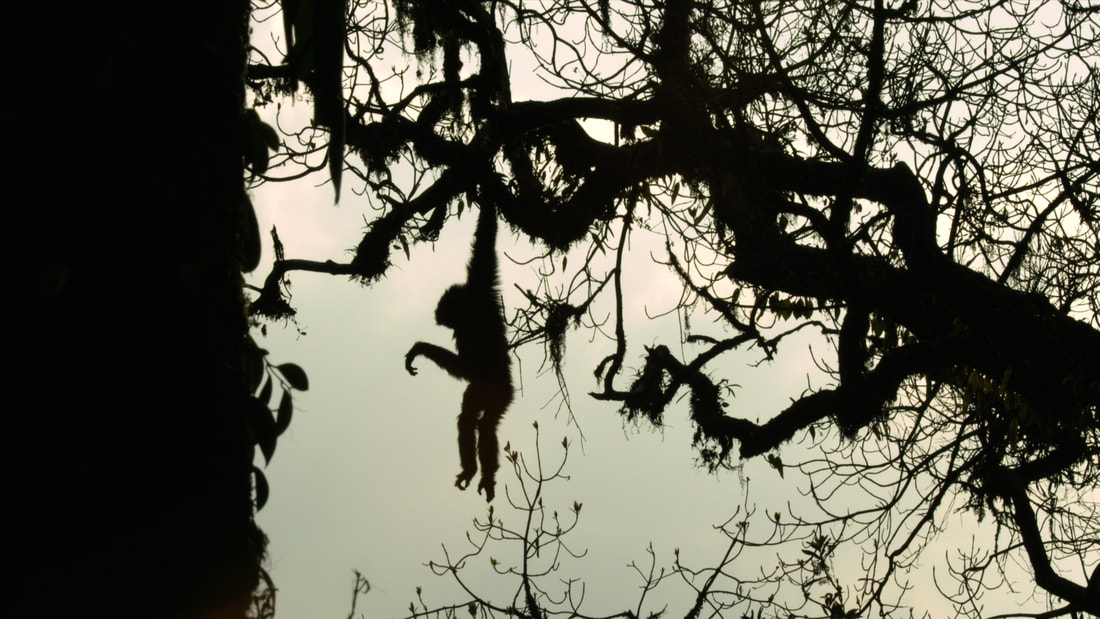|
We reached out to our Jackson Wild Media Awards filmmakers to ask them five questions about the experience of making their films.
Questions answered by Producer Mark Fletcher and Composer Barnaby Taylor Two gibbons, miles apart, have a professor and a musician to act as high-tech matchmakers, to help them find each other…by telephone! The story is more opera than the natural history. Our young would-be lovers are Skywalker gibbons, a new species announced in 2017. There are only a handful of them, scattered along a mountain range on the border of Myanmar and China. Without a musical courtship of singing a duet together across a valley they will never become a couple. What the team are about to do has never been tried before. This is a spectacular story about wild animals, love, and music. What inspired this story? The music of animals, and the discovery that they live their life in song. The science gave amazing insight into emotion, and music could bring that to life. That’s very rare of course. Describe some of the challenges faced while making this film/program? Musically, it was very brave, but if you are lucky, have a brilliant composer, it can work. In terms of filming, it took 10 years in the most inhospitable environment with restricted access, an inexperienced crew, a rare and nervous species, and no obvious outcome. Hard. What did you learn from your experience making this film/program? Music can be used in complex and original ways to bring animals to life. It can give them a voice. How do you approach storytelling? Stories can be told in music as well as science and drama, and that originality is important. What impact do you hope this film/program will have? I hope it will inspire people to want to be scientists. And also to be musicians and writers, and storytellers. Were there any surprising or meaningful moments/experiences you want to share? Working with Barnaby Taylor on this was a highlight. He gave me the tools and confidence to try something really original. As far as filming went, connecting a wild species in conversation live with a zoo species 3000 miles away was a lifetime moment. Any fun facts about the film/program, the subject matter or the production crew that might surprise the audience?The Chinese pop song about the lonely gibbon continues to be performed in concert. Only one person on the crew spoke English. The hard-bitten scientists became so emotionally entangled in the story that the challenge of when and how to intervene to save a species became a big part of the filming. Anything else you would like people to know? The operatic pieces were sung specially for the program. The Chinese pop song about the lonely gibbon continues to be performed in concert. The idea that music can give an animal a voice, and let an audience into their world, is important. What next? Singing snow leopards? Not really. This was a one-off. When it comes to composition... Music for A Song for Love, by Barnaby Taylor. ● What a gift for a composer - a film based around sound and music, where song is at the very centre of our lead characters’ lives. When director Mark Fletcher came to me and suggested an operatic theme, I was intrigued. I immersed myself in the great Romantic operas, including Offenbach’s ‘Tales of Hoffman’. From here I worked with original recordings to develop my own themes and arrangements, to support the operatic drama of the story. A minor key waltz for piano and orchestra recurs throughout, alongside an uplifting and passionate reimagining of Offenbach’s ‘Barcarolle’ this time including a male vocal part performed by opera singer Mark Oldfield, plus an eclectic range of synthetic and unusual sounds to bridge the gap between the romantic past of operatic arias, to the present-day where the gibbon matchmakers are a couple of professors and pop star.
0 Comments
Leave a Reply. |
Archives
March 2024
Categories
All
|
Contact UsJackson Wild
240 S. Glenwood, Suite 102 PO Box 3940 Jackson, WY 83001 307-200-3286 info@jacksonwild.org |




 RSS Feed
RSS Feed